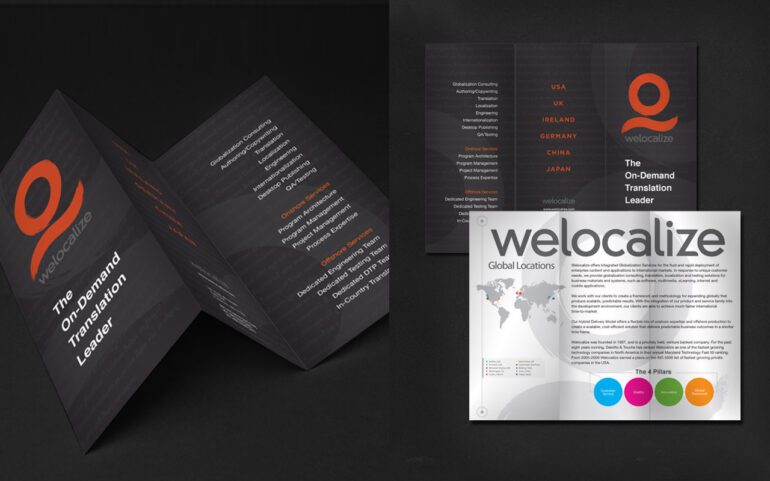TL;DR:
- Welocalize compares Translation Quality of LLMs with Generic and Custom MT.
- Custom NMT models outperform others, closely followed by LLMs.
- LLMs exhibit impressive proximity to achieving results similar to highly trained NMT engines.
- As LLMs become fine-tuned, they offer a compelling alternative for accurate translations with minimal training.
- The integration of LLMs into content tools streamlines multilingual content generation.
- LLMs represent a force of potential disruption, pushing translation and localization upstream in the content supply chain.
Main AI News:
The transformative potential of Generative AI and Large Language Models (LLMs) is poised to revolutionize various industries, particularly in content services. These cutting-edge technologies empower content authors with the ability to generate multilingual content, streamline workflows, and facilitate seamless translations.
Keeping a keen eye on these advancements is Welocalize, a pioneering force in tech enablement within the language services domain. For decades, language services companies have leveraged AI to translate content, and now, understanding how LLMs measure up against conventional technology will provide critical insights into the future of multilingual services.
In a recent comprehensive study, Welocalize conducted a performance analysis of eight different LLMs and MT workflow variants, which also included a commercial MT system developed by Welocalize and currently deployed in production. The focus of the study was to evaluate the quality of translations for customer support content, translating from English into five target languages, including Arabic, Chinese, Japanese, and Spanish.
According to Welocalize’s findings, the custom NMT (Neural Machine Translation) models emerged as the top performers, both in ‘pure LLM’ output and in cases where NMT and LLMs were combined. Interestingly, the output from both LLM-augmented workflows and ‘pure LLM prompts’ came remarkably close to meeting the high industry standard quality level threshold, often differing by only a fraction of a percentage.
Elaine O’Curran, Senior AI Program Manager at Welocalize, comments, “It is particularly impressive that more challenging target languages like Arabic, Chinese, and Japanese saw promising results.” This indicates that LLMs, such as the advanced ChatGPT-4, may not yet match the translation performance of highly trained NMT engines, but they exhibit remarkable proximity to achieving comparable results.
As LLMs are fine-tuned and seamlessly integrated into corporate IT systems, their capability to produce accurate translations with minimal prompting and specific training will present an enticing alternative. Looking ahead, it is conceivable that LLMs may even outperform NMT, particularly in specific applications, content types, or use cases. The ongoing analysis and comparison of their performance will be closely monitored by Welocalize in the coming months.
Furthermore, the prospect of customized LLMs is an intriguing one. Similar to MTs, the idea is to fine-tune these models to cater to specific contexts, domains, tasks, or customer requirements, ultimately enhancing their precision in delivering accurate translations for diverse use cases.
Conclusion:
The findings from Welocalize’s study highlight the growing significance of Large Language Models (LLMs) in the translation industry. Custom NMT models stand out as top performers, but LLMs are rapidly catching up and showing immense potential. As LLMs continue to evolve and integrate into corporate IT systems, businesses can expect enhanced translation capabilities, streamlined content generation, and increased efficiency. Embracing LLMs will likely reshape the market, paving the way for greater automation and pushing translation and localization processes further upstream in the content supply chain. Businesses should closely monitor LLM developments to stay competitive and explore how these advancements can be leveraged to their advantage.

